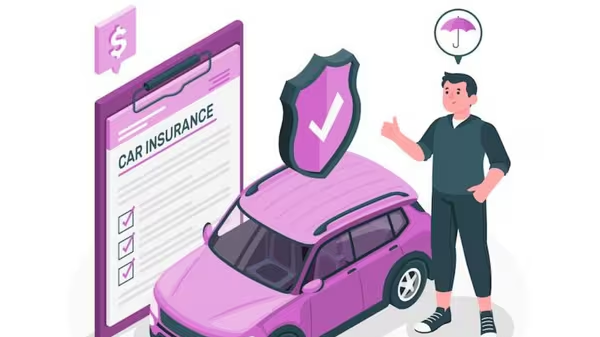
How to Lower Your Auto Insurance Premiums in 2025
Insurance is one of those necessary evils—something you pay for and hope you never have to use. But just because it’s a non-negotiable expense doesn’t mean you have to overpay. In 2025, with rising premiums and shifting insurance models, there are smarter ways to reduce costs while keeping the coverage you need.
Why Are Auto Insurance Premiums Increasing in 2025?
Before we talk about lowering your premiums, it’s worth understanding why they might be creeping up in the first place. A few key factors are at play:
- Inflation and Repair Costs – As car technology advances, repair costs are skyrocketing, and insurers pass that cost onto consumers.
- Climate Risks and Natural Disasters – More extreme weather events mean more claims, which means higher premiums.
- Changing Driving Habits – More people are back on the road post-pandemic, leading to increased accidents and claims.
1. Improve Your Driving Record (It’s Still the #1 Factor)
Insurance companies reward low-risk drivers. If you have a clean record, your premiums will naturally be lower. But if you’ve had accidents or traffic violations, here’s how to repair your profile:
Take a Defensive Driving Course
Some insurers offer discounts if you complete a certified defensive driving program. It’s a small investment of time that could lower your premium significantly.
Be Mindful of Small Claims
Filing too many claims—even for minor incidents—can cause your rates to rise. If the damage is minor and affordable to fix out-of-pocket, consider whether it’s worth involving insurance.
2. Use Telematics and Usage-Based Insurance (UBI)
In 2025, insurance is no longer just about who you are—it’s about how you drive. Many insurers offer usage-based insurance (UBI), where your premium is adjusted based on your actual driving behavior.
How Telematics Works
A small device or mobile app tracks your speed, braking habits, mileage, and time of day you drive. If you’re a safe driver, you could see significant savings.
Pro Tip: If you drive infrequently or mostly during off-peak hours, a pay-per-mile insurance plan could be a game-changer for your budget.
3. Compare Rates (Loyalty Doesn’t Always Pay Off)
Many people assume that sticking with the same insurance provider earns them better rates. In reality, insurers often offer their best deals to new customers.
How to Compare Rates Effectively
- Use online comparison tools to check prices from multiple providers.
- Ask your current insurer if they can match a lower competitor’s rate.
- Review your policy every 6–12 months to see if you’re still getting the best deal.
4. Adjust Your Deductible (But Do It Wisely)
Your deductible is the amount you pay before insurance kicks in. The higher your deductible, the lower your monthly premium.
Should You Raise Your Deductible?
If you have enough savings to cover a higher deductible in case of an accident, raising it can lower your premium.
If you don’t have a financial cushion, a high deductible could leave you vulnerable to unexpected costs.
5. Take Advantage of Discounts (Some Are Hidden Gems)
Most insurers offer a range of discounts, but they don’t always advertise them. It’s worth asking your provider about:
- Multi-policy discounts – Bundle your auto and home or life insurance.
- Good student discounts – If you or a household member is a student with high grades.
- Low-mileage discounts – If you drive significantly less than the average driver.
- Vehicle safety discounts – Cars with advanced safety features may qualify for lower rates.
6. Reevaluate Your Coverage (Do You Really Need Full Coverage?)
If you’re driving an older car, paying for comprehensive and collision coverage may not make financial sense.
When to Drop Full Coverage
- If your car’s value is less than 10x your annual premium.
- If you can afford to replace your car out-of-pocket in case of an accident.
However, if your vehicle is still worth a substantial amount, maintaining full coverage is often the smarter choice.
Final Thoughts: Be Intentional with Your Insurance Choices
Auto insurance isn’t something you can avoid, but it is something you can optimize. By improving your driving record, leveraging telematics, shopping around, and taking advantage of discounts, you can keep your premiums under control.
Insurance companies thrive on consumer passivity—the more you accept rising rates without question, the more they benefit. But with a little intentionality, you can shift the balance in your favor. Because in 2025, financial mindfulness isn’t just a good habit—it’s a necessity.